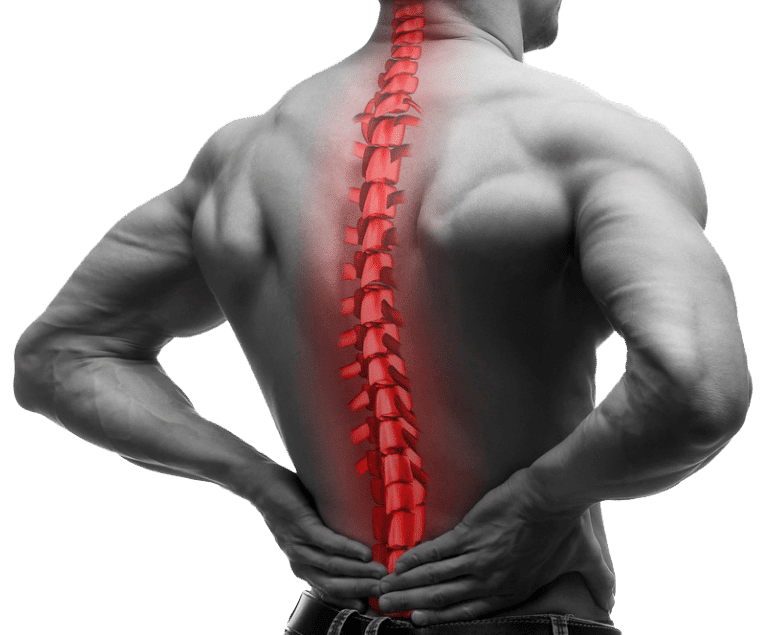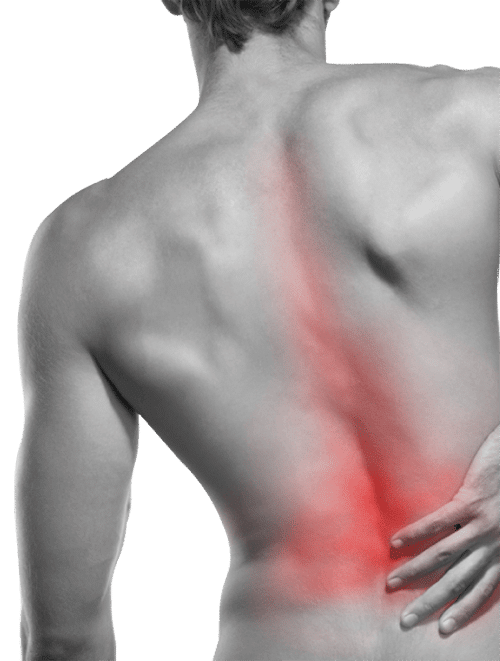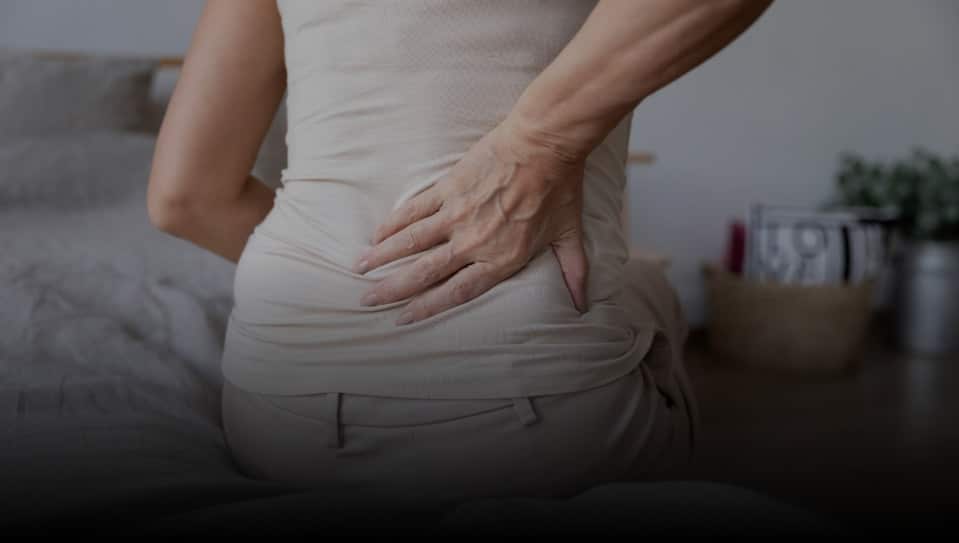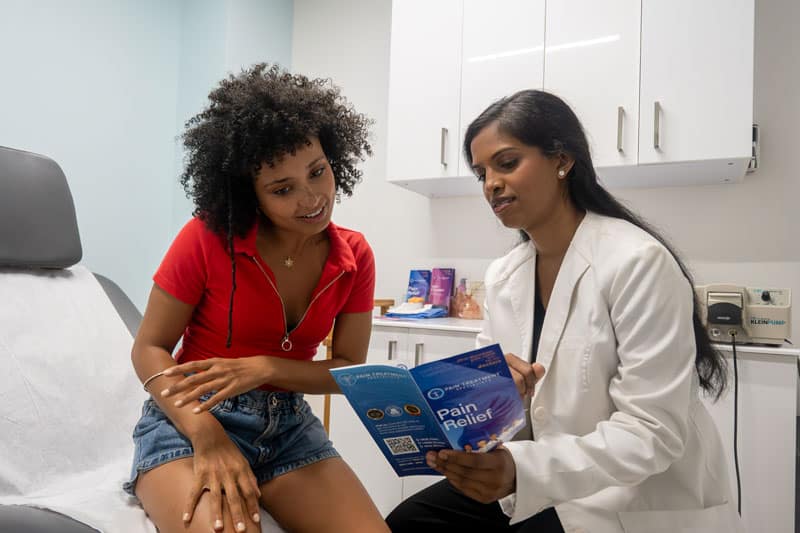What is the best treatment for a herniated disc in the lower back?
A herniated disc can be very painful. The disc is a rubbery cushion that sits between the vertebrae in your spine. It acts as a shock absorber, and when it’s healthy, it helps keep your spine flexible. A herniated disc occurs when the outer layer of the disc tears and the inner layer bulges out. This can happen due to a sudden injury or wear and tear over time. A herniated disc can pressure the surrounding nerves and cause pain, numbness, or weakness in the affected area.
A herniated disc in the lower back can be extremely painful and debilitating. While there are many potential treatments, some are more effective than others. You should generally avoid treatments that consist of opioids or surgeries. Opioids can only mask your symptoms — they can’t address the root cause of back pain. And surgery should always be your last resort if all non-surgical, conservative, and minimally invasive treatments have failed. The four best treatments for a herniated disc are RICE, NSAIDs, physical therapy, and corticosteroids.

RICE
RICE, which stands for rest, ice, compression, and elevation, is often the first line of treatment for a herniated disc. Depending on the severity of the injury, rest may be either complete or partial, and it can give your back time to heal. Ice can reduce inflammation and pain, and compression can stabilize the disc. Elevation can also reduce pain and swelling.
NSAIDs
NSAIDs, or non-steroidal anti-inflammatory drugs, can also treat a herniated disc. NSAIDs can reduce pain and inflammation caused by the herniated disc and pinched nerves, thus alleviating the symptoms of disc herniation. However, they can also have side effects, so you must talk to your back pain doctor before taking them.
Physical Therapy
Physical therapy can be a great way to treat a herniated disc. A physical therapist can teach you exercises to strengthen the muscles around the disc and improve your range of motion. Physical therapy may also involve manual manipulation of the spine to restore alignment and take the pressure off your herniated disc, thus alleviating the symptoms.
Corticosteroids
Corticosteroids are another minimally invasive treatment option for a herniated disc. Corticosteroids are anti-inflammatory medications that can be injected into the epidural area around the disc. Back pain from disc herniation occurs when the surrounding nerves are pinched and inflamed. Corticosteroids can reduce inflammation and alleviate back pain.
Back Center New Jersey is a group of state-of-the-art back pain centers specializing in non-surgical, minimally invasive treatments for back pain. Instead of simply masking the symptoms with opioids, our back pain doctors investigate and treat the root cause of your symptoms, helping you achieve long-lasting back pain relief. If you have the signs and symptoms of a herniated disc, please schedule an appointment at your nearest back center in New Jersey.
We have state-of-the-art offices across New Jersey, including Clifton, Paramus, Woodland Park, and West Orange. The following are the locations of our back centers in New Jersey:
- Back Center in Clifton: located on Route 46-E near the garden state parkway.
- Back Center in Paramus: located just off NJ-17, close to Garden State Plaza.
- Back Center in Woodland Park: located close to Garden State Plaza.
- Back Center in West Orange: located at 445 Pleasant Valley Way.
What is the fastest way to heal a herniated disc?
If you have a herniated disc, you may wonder what the fastest way to heal it is. The good news is that you can do several things to speed up the healing process.
You must eliminate activities that may aggravate your herniated disc. If you’re unsure what these are, your doctor or physical therapist can help you identify them. Once you know what to avoid, you can start strengthening the muscles around your spine. This will help stabilize your spine and take some of the pressure off of your herniated disc.
There are several different exercises you can do to strengthen your spine. You can start with simple things like sit-ups and crunches. As you get stronger, you can move on to more advanced exercises. Your doctor or physical therapist can help you choose the right exercises for your level of pain and mobility.
In addition to exercise, you may also want to try using heat or cold therapy to relieve pain and inflammation. Heat therapy can be done with a heating pad, warm baths, or infrared heat lamps. Cold therapy can be done with ice packs and cold baths. Your back pain doctor will also recommend minimally invasive treatments, such as corticosteroids, to alleviate pain.
Can a chiropractor fix a herniated disc?
Chiropractors are trained to treat spine conditions and can often provide relief for people with a herniated disc. They use various techniques, including spinal manipulation, to relieve pressure on the disc and relieve pain. In most cases, chiropractic care is safe and effective for treating a herniated disc. However, chiropractic care should ideally be combined with minimally invasive treatments, such as corticosteroids, for optimal results and recovery.
What happens if you let a herniated disc go untreated?
A herniated disc occurs when the cartilage that cushions the spinal discs breaks down and allows the disc to bulge or rupture. This can happen due to age, injury, or repetitive motions. If left untreated, a herniated disc can press on the nerves near the spine and cause pain, numbness, or weakness in the arms or legs. In severe cases, it can also lead to paralysis. If you think you may have a herniated disc, you must contact a back pain doctor immediately.





